
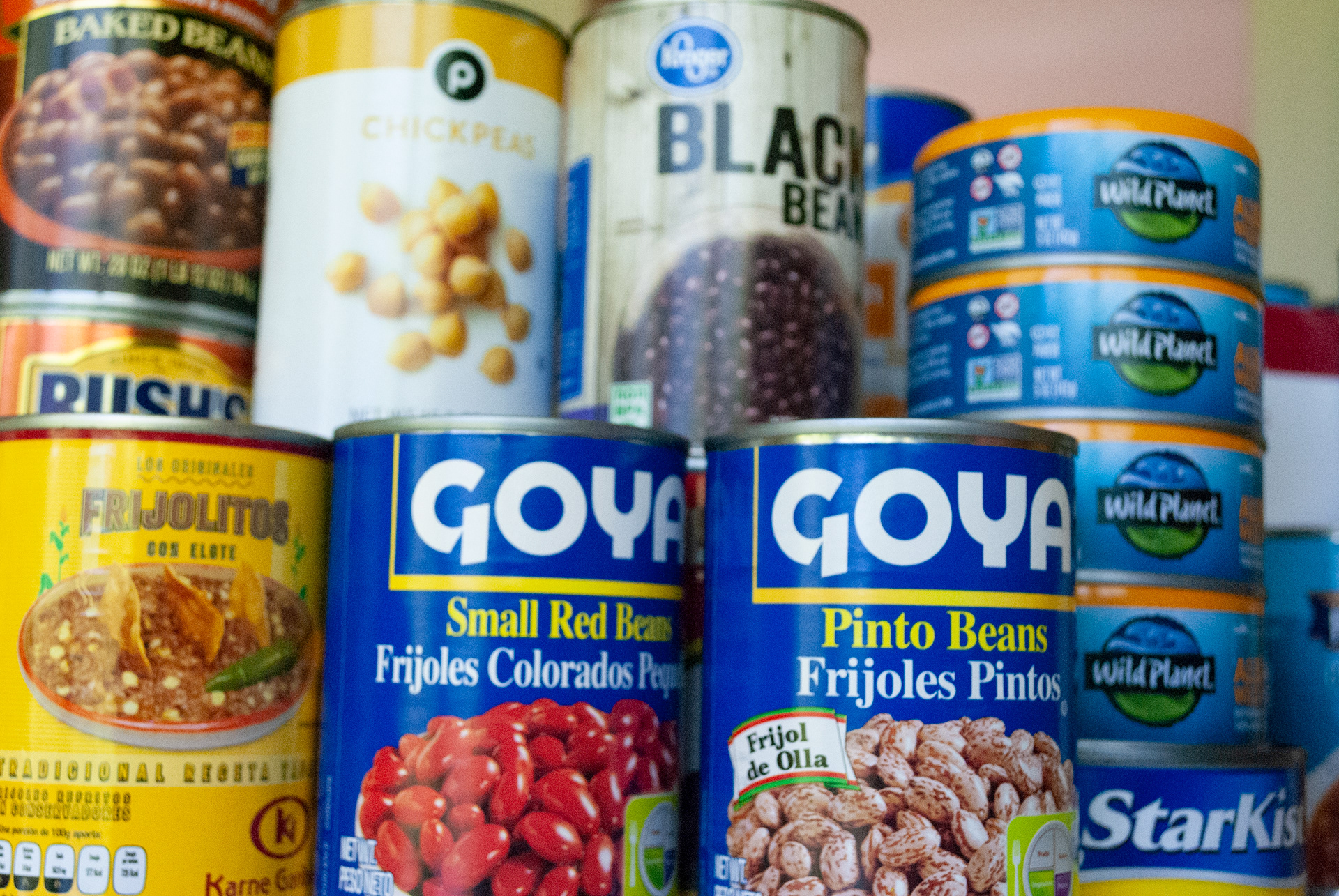

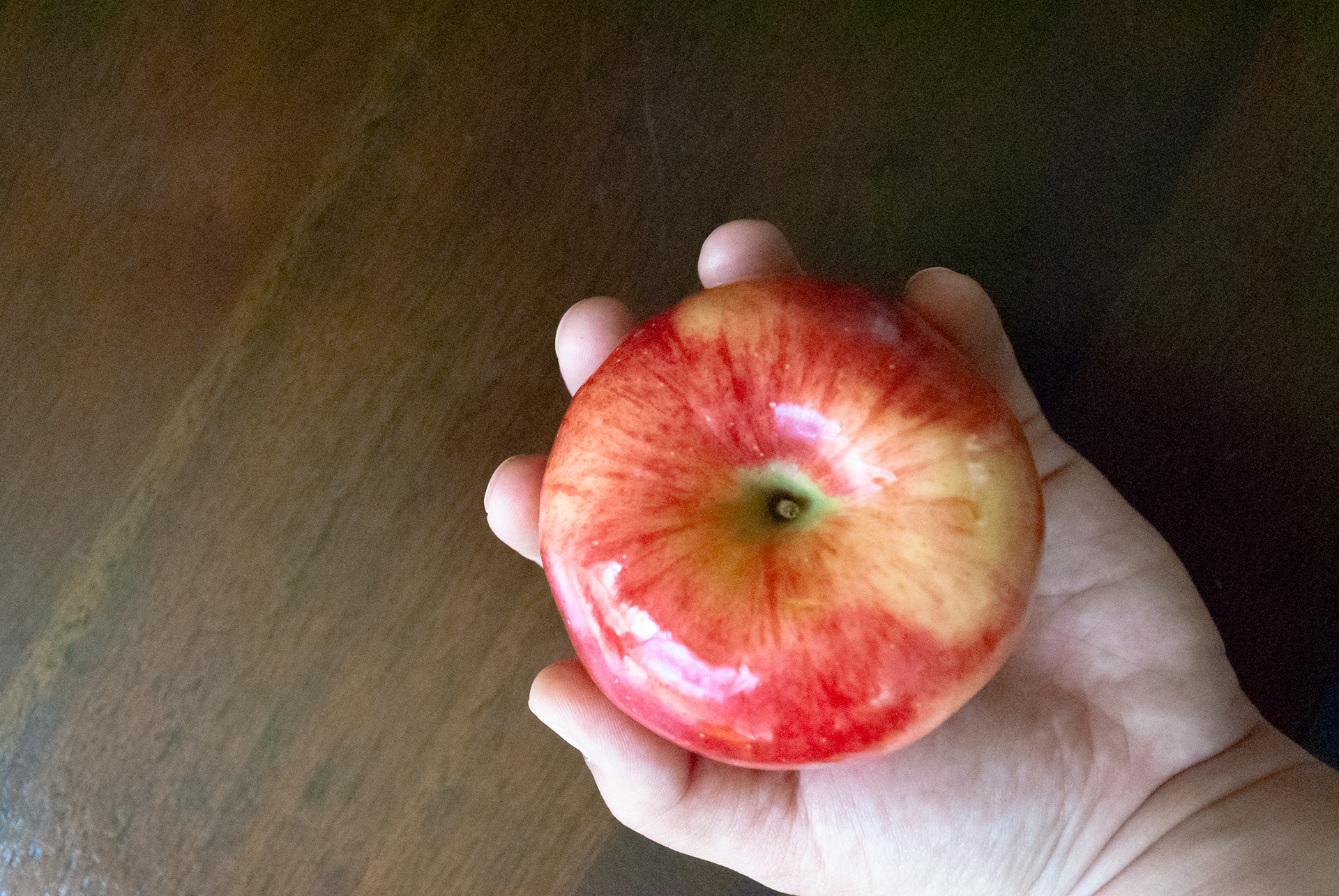
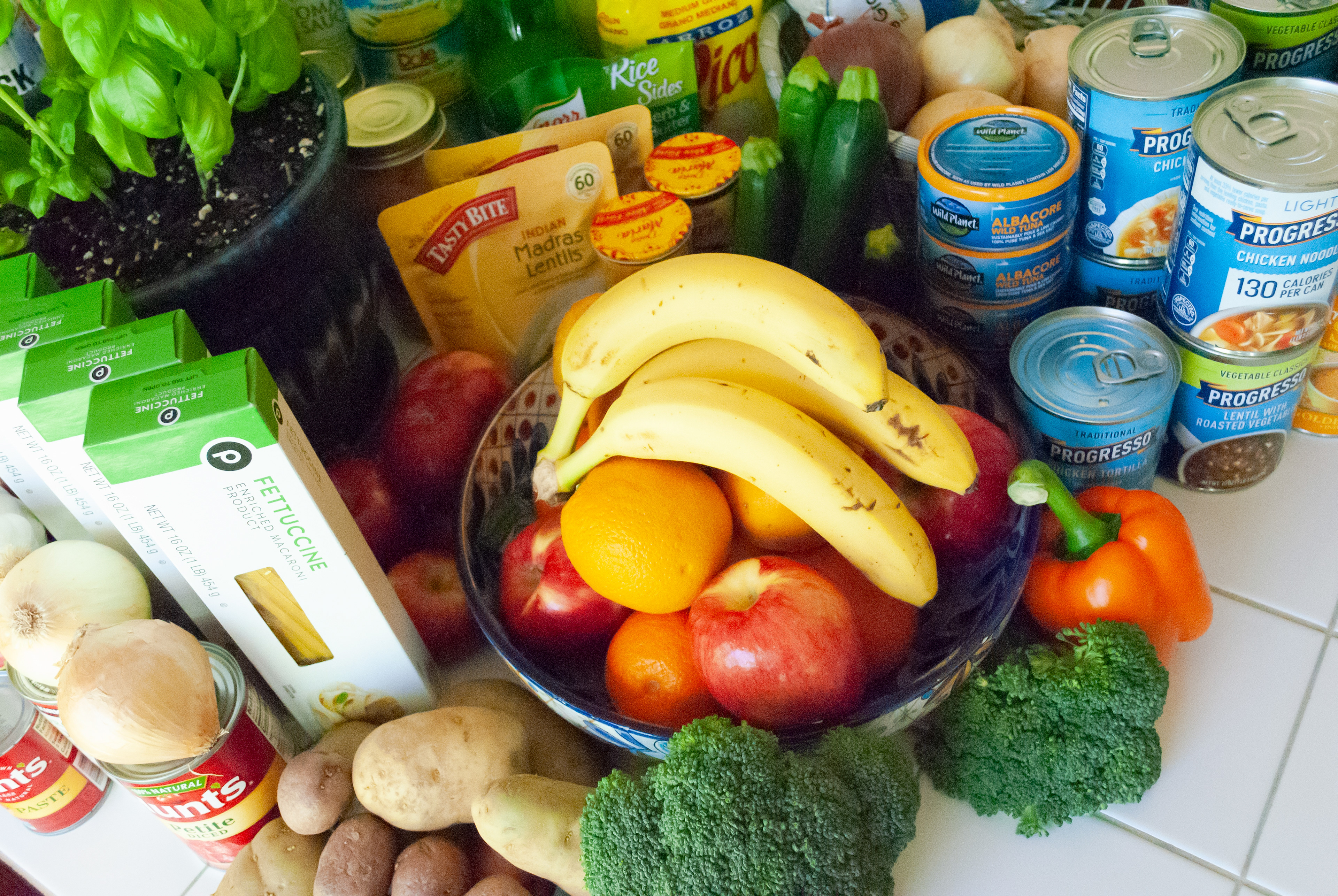
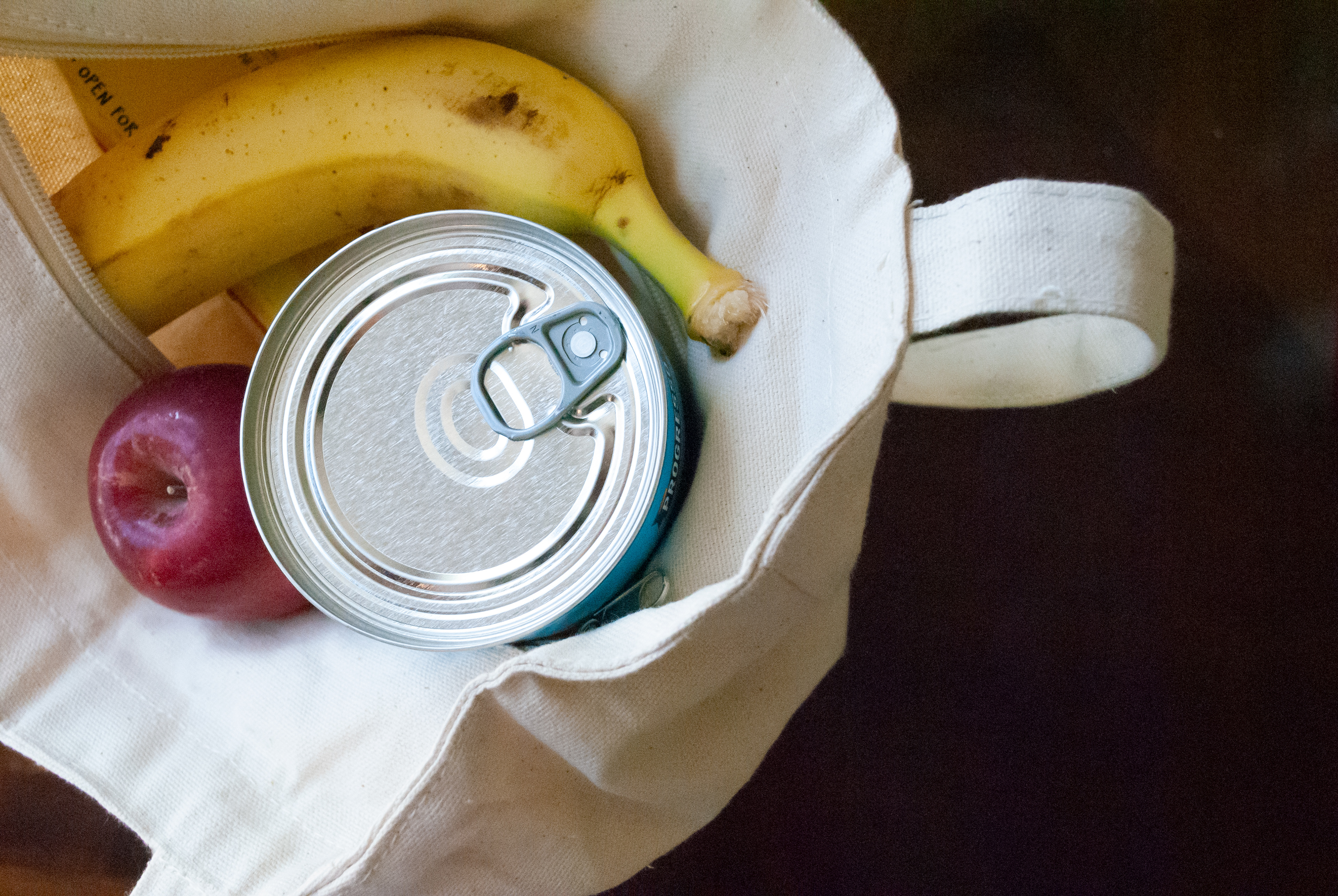
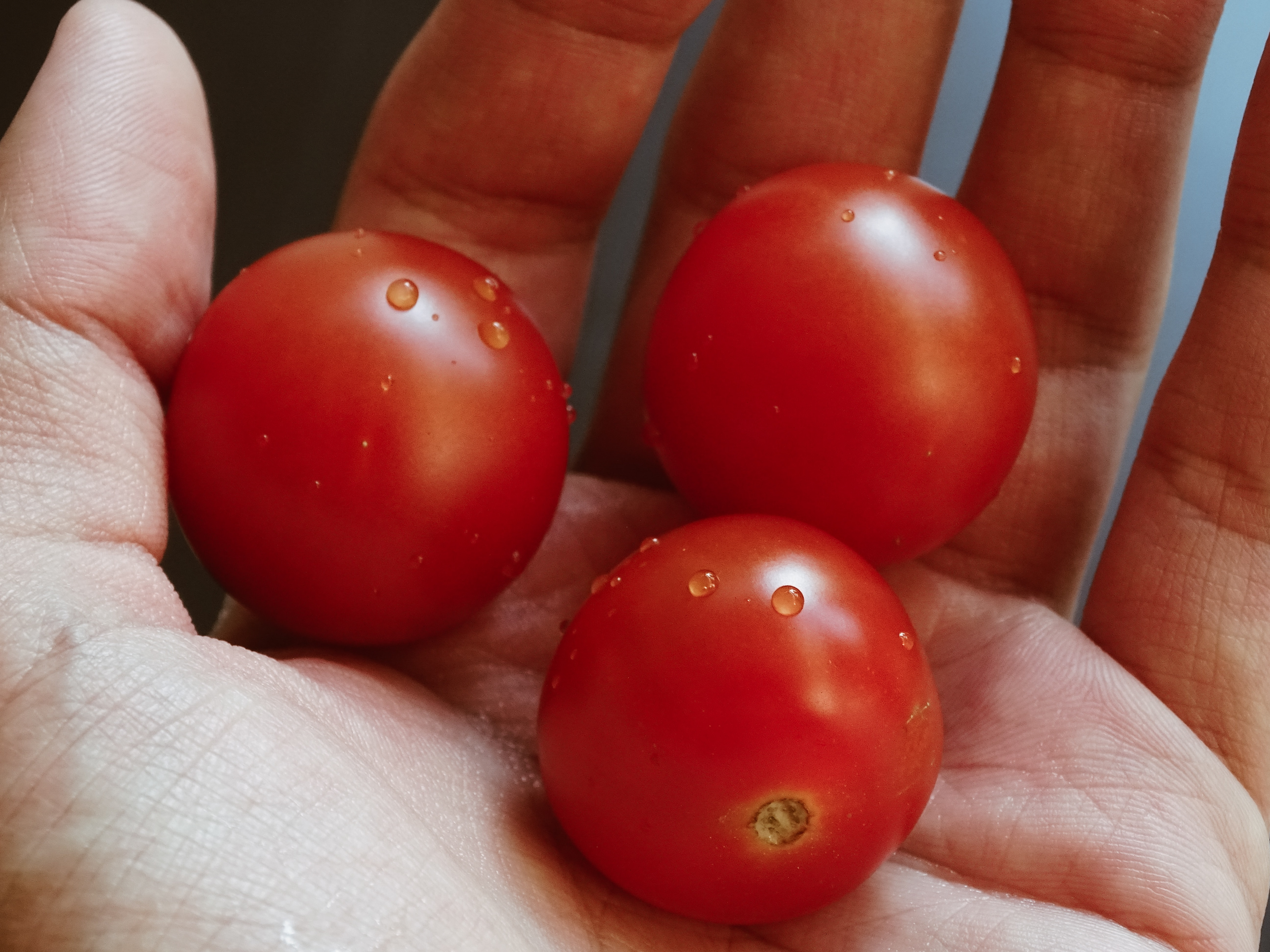




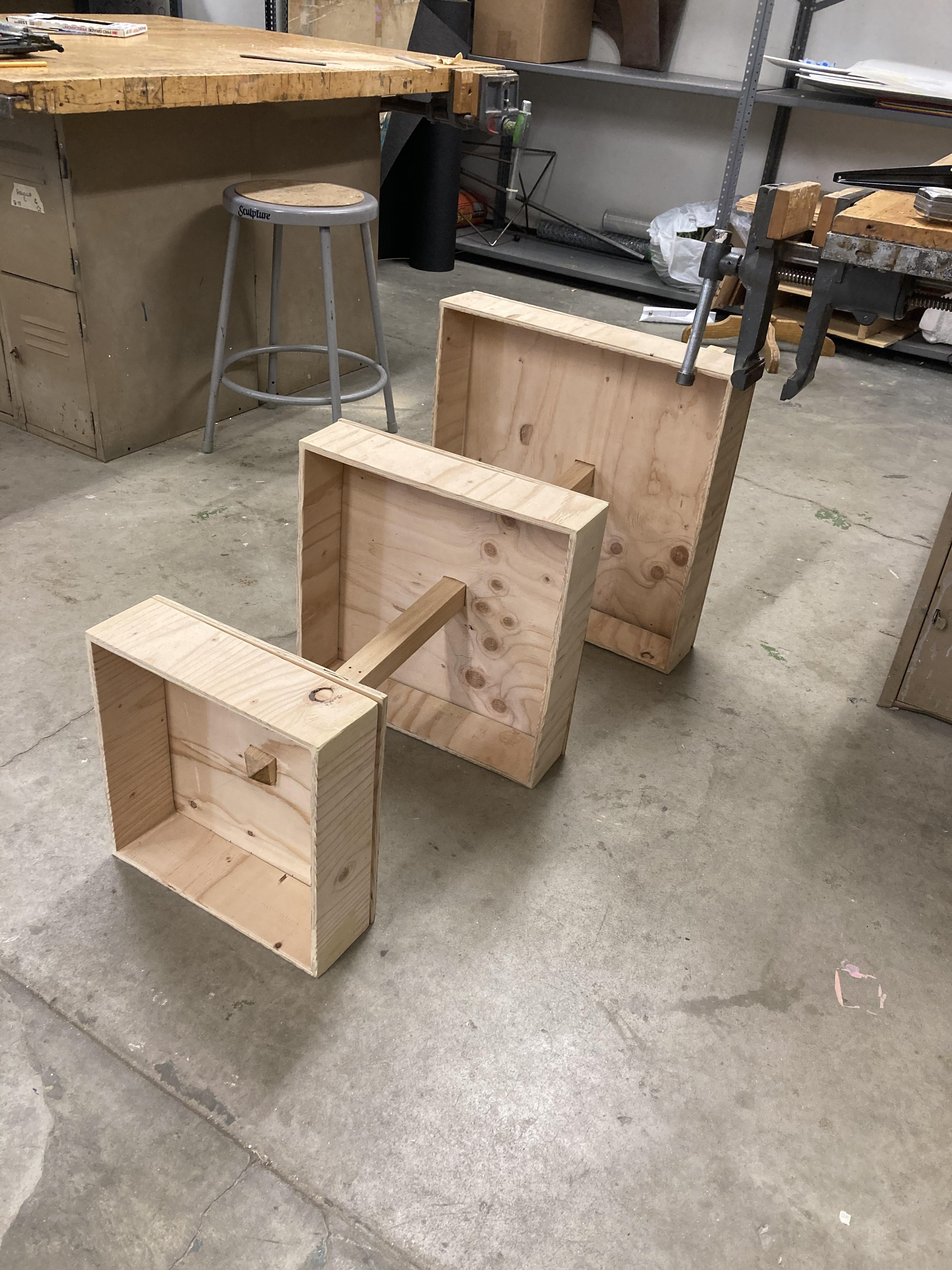

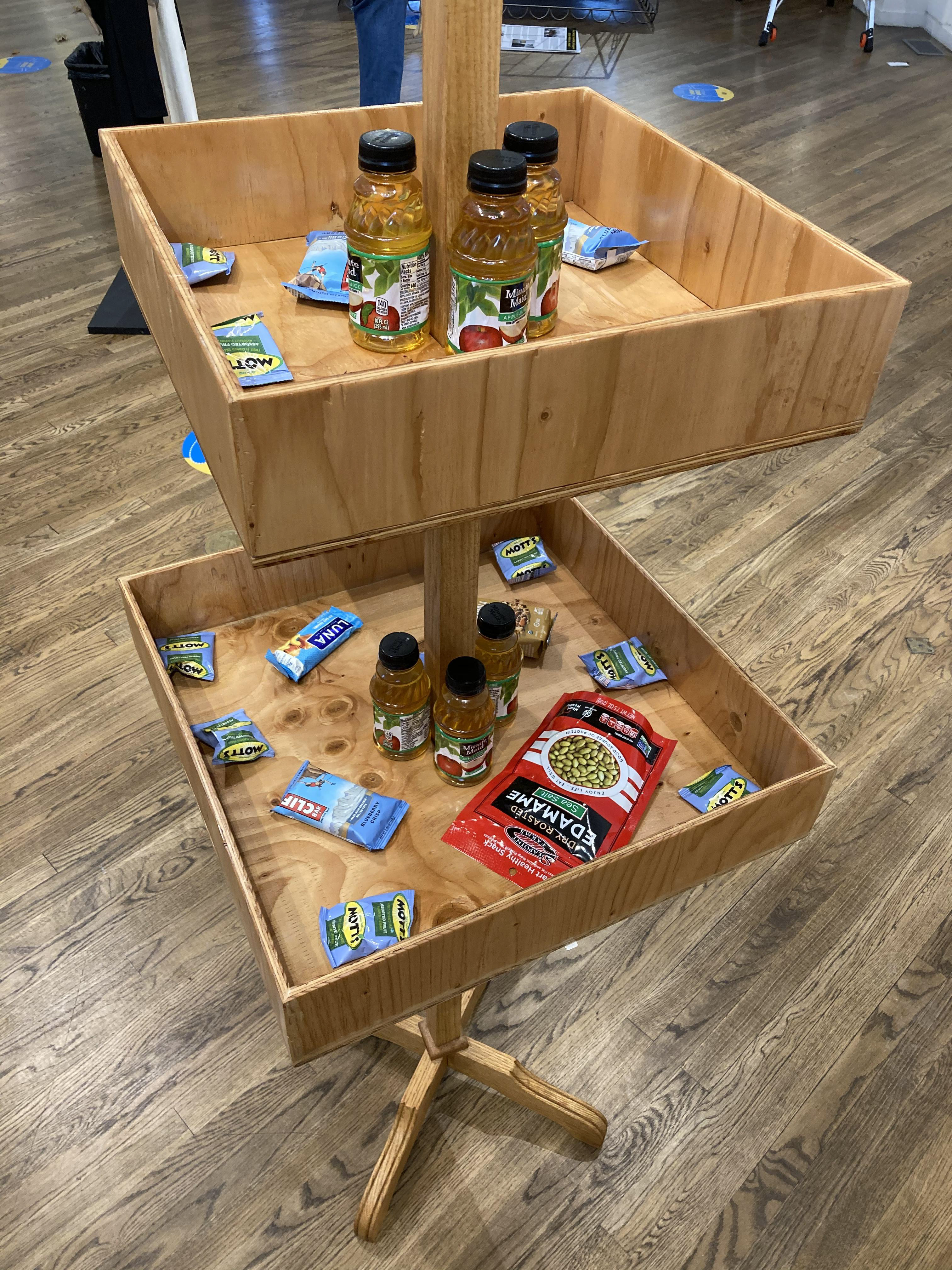
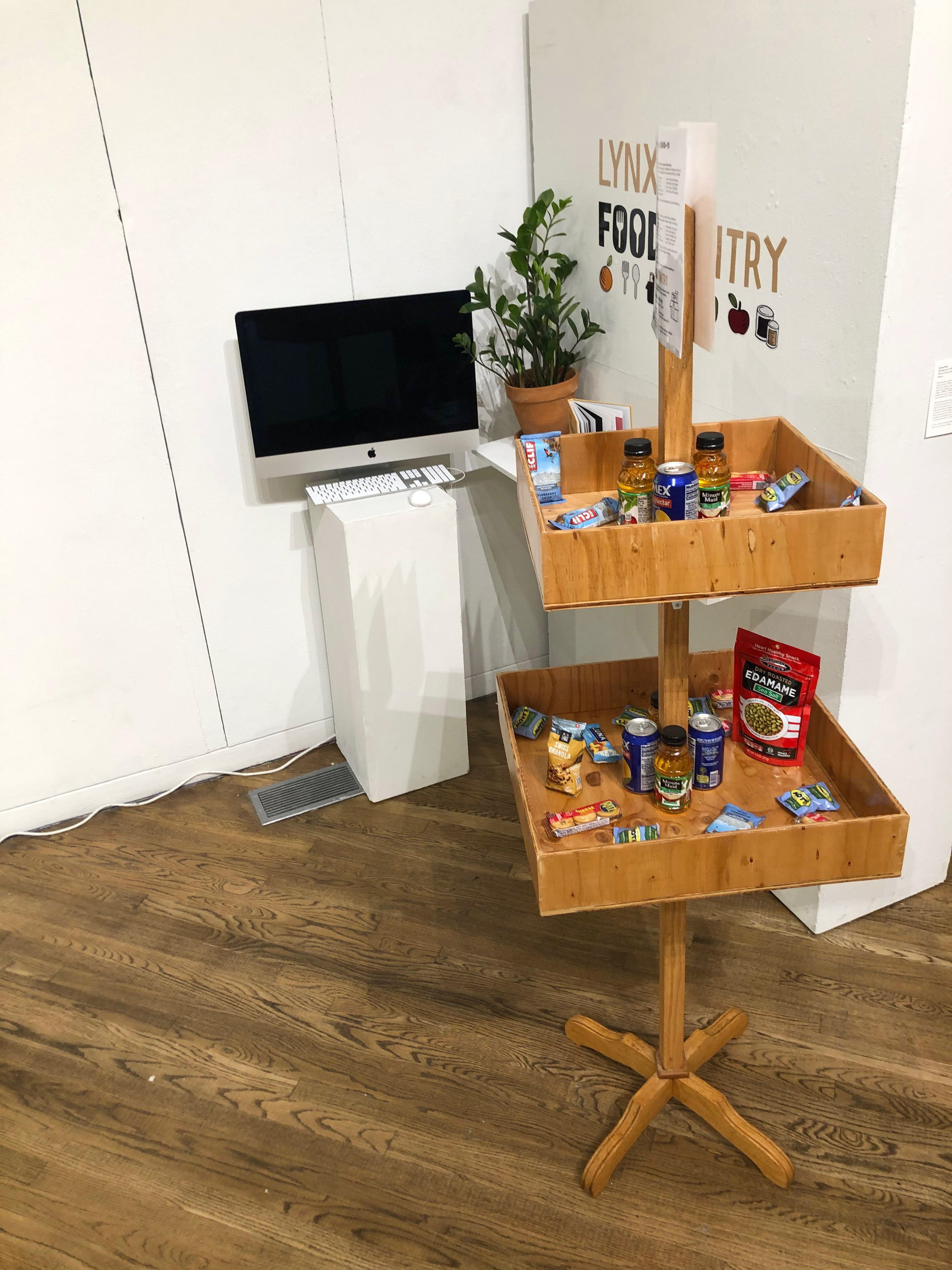
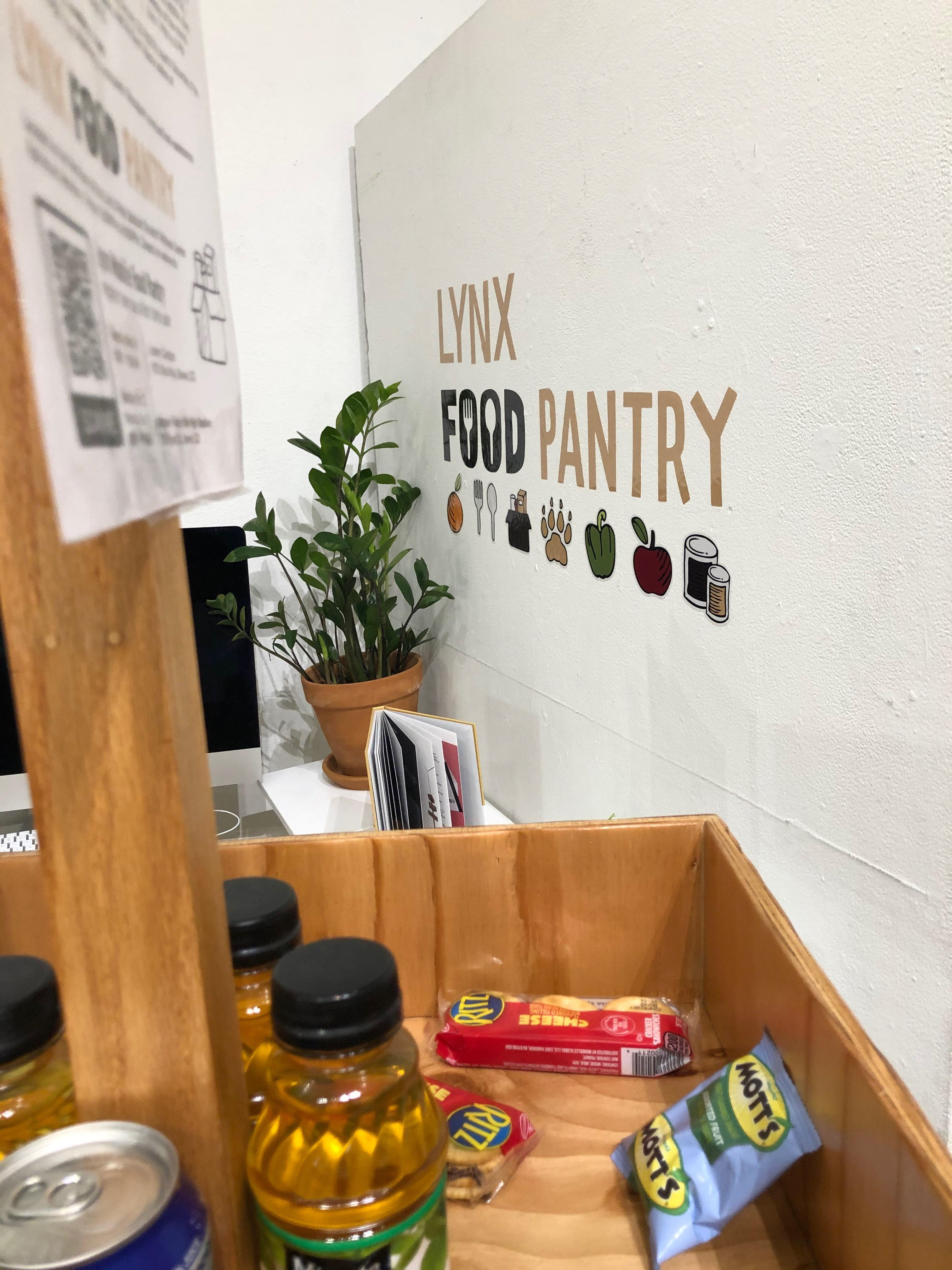
In today’s educational climate, it is ever increasingly difficult for students to meet life’s basic needs while pursuing a degree. The topic of diversity is often talked about and valued in the education system. While Universities across the country make education more accessible to people from diverse backgrounds, they don’t often consider equitable solutions regarding their complex and intersectional backgrounds. Food-insecurity rates are generally lower in college students who identify as heterosexual and Caucasian than their peers who do not. My interests in sustainable development drive my passion to create a movement of social justice with this project. Food insecurity is an issue of equity, especially considering the demographic disparities in those most affected by basic needs insecurity. My design thesis addresses college food insecurity through a creative design solution.















